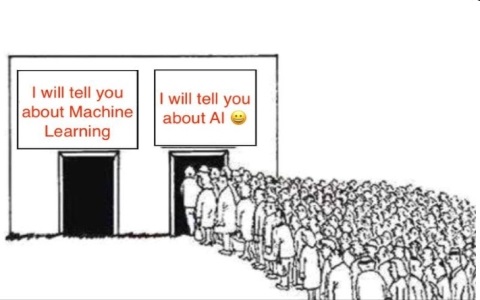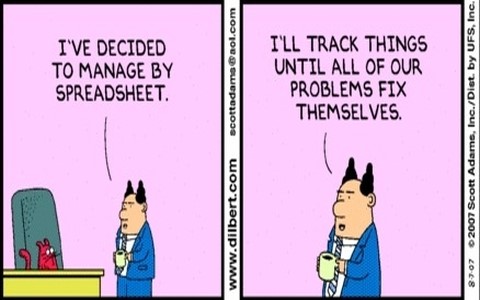Introduction
The machine learning field has gained immense popularity in recent years, and with the growing demand for skilled machine learning professionals, acing the machine learning interview has become crucial for aspiring candidates. Whether you are applying for a data scientist, machine learning engineer, or research scientist role, being well-prepared for the interview can make all the difference. In this blog article, we will delve into the top machine learning interview questions, covering a range of topics, and provide you with valuable insights on how to approach each question with confidence and precision.
Core Machine Learning Concepts
Core machine learning concepts form the foundation of this rapidly evolving field and are essential for understanding and developing powerful and intelligent models.
1. What is the difference between supervised and unsupervised learning?
2. Explain the bias-variance tradeoff in machine learning.
3. How do you handle overfitting in a machine learning model?
4. Describe the difference between regression and classification.
5. Can you explain the concept of cross-validation, and why is it important?
Algorithms and Techniques
Algorithms and techniques are fundamental tools used in various fields, including computer science, data science, mathematics, and engineering, to solve problems and perform tasks efficiently. These methods provide step-by-step instructions or procedures for achieving specific objectives, often involving data manipulation, analysis, and decision-making.
1. What is the difference between decision trees and random forests?
2. How do support vector machines work, and what are their applications?
3. Explain the working of k-nearest neighbors (KNN) algorithm.
4. What are neural networks, and how are they used in deep learning?
5. Describe the working of the gradient descent optimization algorithm.
Data Preprocessing and Feature Engineering
They involve transforming raw data into a clean, structured format that is suitable for training machine learning models. These processes play a critical role in improving model accuracy, reducing overfitting, and enhancing the model's ability to extract meaningful patterns from the data.
1. How do you handle missing values in a dataset?
2. What is feature scaling, and why is it important in machine learning?
3. Explain the process of one-hot encoding in categorical data.
4. How do you deal with imbalanced datasets?
5. What is feature selection, and how do you choose the most relevant features?















